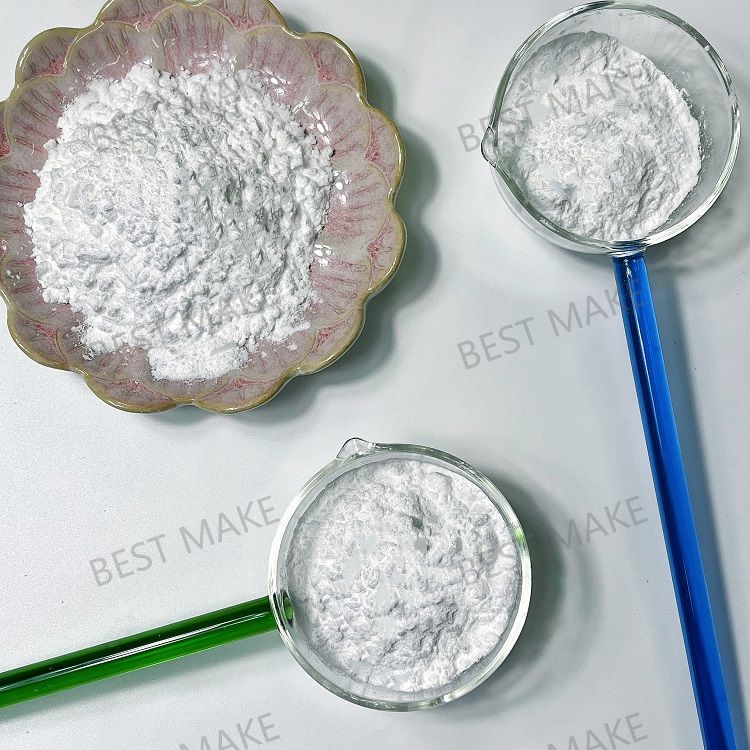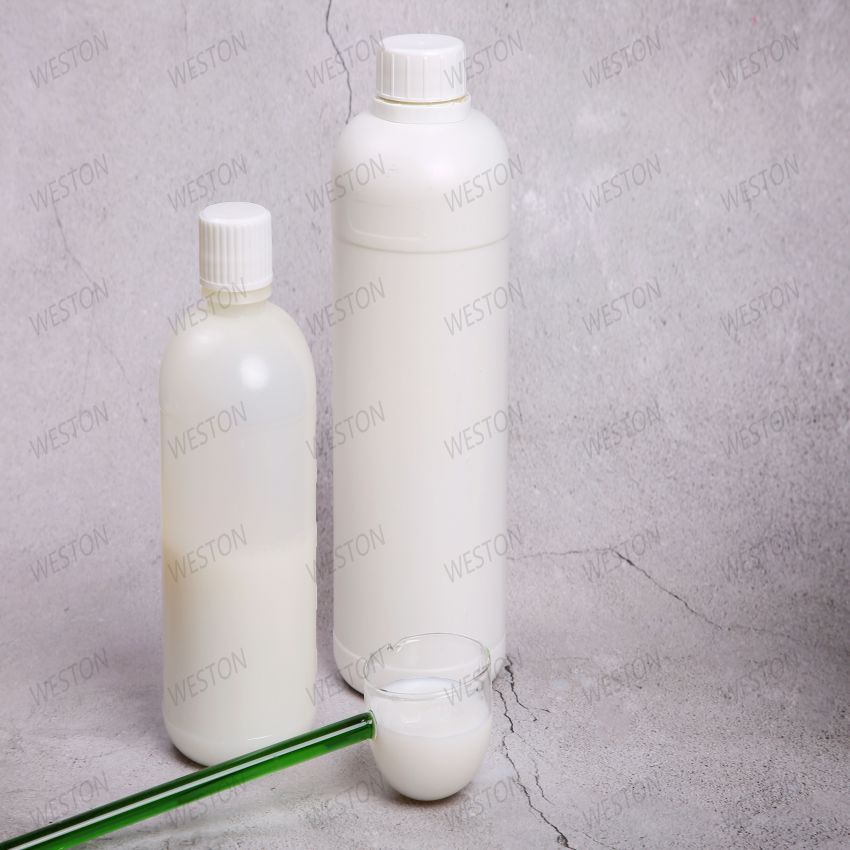-
Categories
-
Pharmaceutical Intermediates
-
Active Pharmaceutical Ingredients
-
Food Additives
- Industrial Coatings
- Agrochemicals
- Dyes and Pigments
- Surfactant
- Flavors and Fragrances
- Chemical Reagents
- Catalyst and Auxiliary
- Natural Products
- Inorganic Chemistry
-
Organic Chemistry
-
Biochemical Engineering
- Analytical Chemistry
- Cosmetic Ingredient
-
Pharmaceutical Intermediates
Promotion
ECHEMI Mall
Wholesale
Weekly Price
Exhibition
News
-
Trade Service
The new method of electrode material modification can greatly improve the capacitor capacity Professor Xia Hui's research group of Gretel Institute of Nanoscience and Technology, Nanjing University of Science and Technology, tries to solve the capacity
bottleneck through material modification, that is, introduce or take out some atoms or groups in the chemical structure of energy materials to improve the poor electrochemical properties
of the material itself.
The results were recently published in
the latest issue of the international authoritative journal "Advanced Materials".
As a new type of high-efficiency energy storage device, supercapacitors can be charged in just tens of seconds and have a service life
of hundreds of thousands of times.
At present, the supercapacitors used in commercial applications on the market mostly use activated carbon material electrodes, the energy storage rate is limited, and the capacity of high-end supercapacitors on the market per kilogram is only 1/12 of that of lithium batteries, which limits the application of
supercapacitors.
The metal oxide as the electrode material will have a theoretical capacity of more than 3~4 times, but due to poor electron and ion transport performance, it is difficult to reach the theoretical height
in practical applications.
In a failed experiment in the synthesis of metal phosphides, the research group stumbled upon an interesting modification method: a phosphate ion can surface modify a variety of metal oxides (such as cobalt tetroxide, iron oxide, nickel oxide) electrode materials
.
By adjusting the surrounding electronic environment of metal ions on the surface of the electrode and the morphology of porous ultra-thin nanosheets, the ion transport is convenient and the efficiency of redox reaction is improved, thereby improving the capacity
of supercapacitors.
This research will open a new opportunity
for the wide application of supercapacitors.







